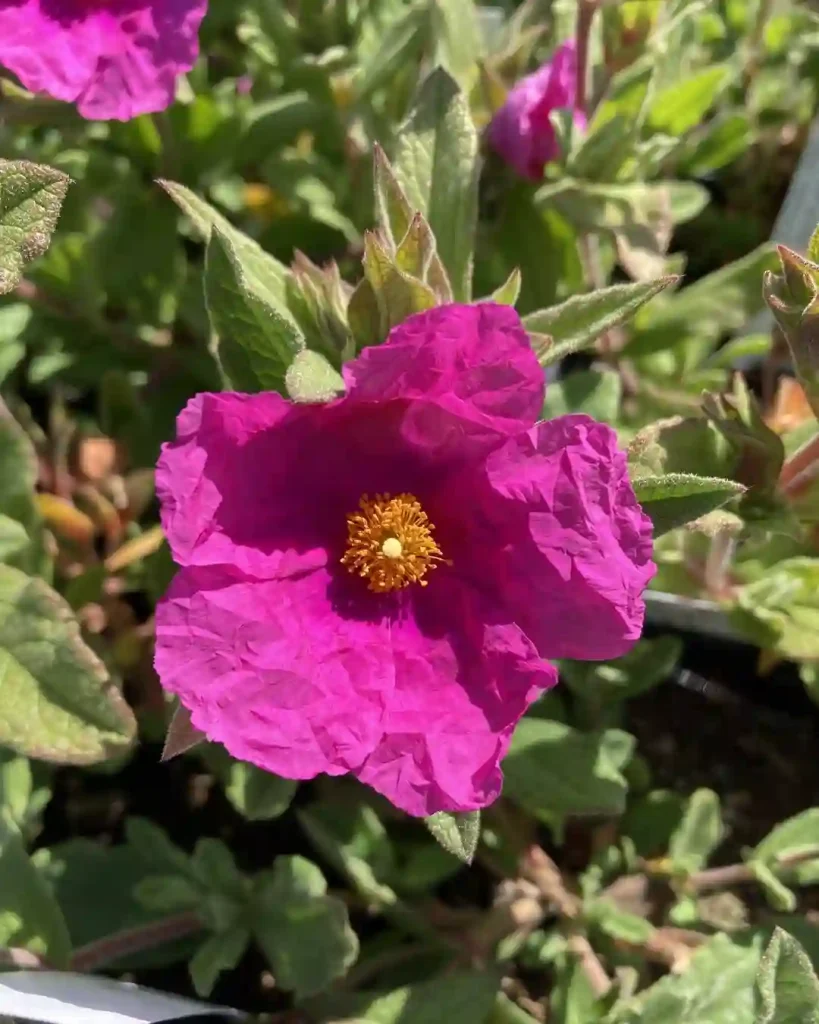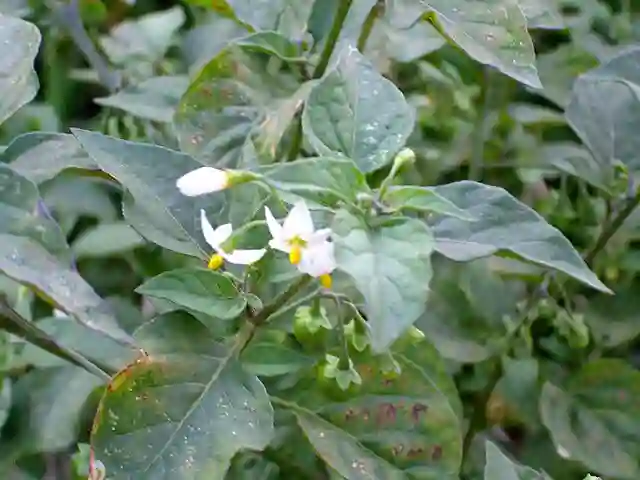Hoya Kalimantan: Unveiling the Enchanting Vine
Hi, Ferb Vu here! Today, we’re diving into the captivating world of Hoya Kalimantan, a unique and desirable plant coveted by collectors. This Hoya species boasts stunning features and a moderate temperament, making it a perfect addition to many plant enthusiasts’ homes.
Whether you’re a seasoned Hoya aficionado or a curious newcomer, this FAQ will equip you with the knowledge to nurture this tropical beauty.
566 Species in Genus Hoya
What is Hoya Kalimantan?
Hoya Kalimantan, also known as Hoya sp. Kalimantan or simply Kalimantan Hoya, is an unidentified Hoya species native to the Indonesian island of Kalimantan (formerly Borneo). Due to its distinct characteristics, it’s become a popular choice among collectors.
The captivating charm of Hoya Kalimantan lies in its:
- Lime Green Foliage: The leaves boast a beautiful lime green hue, often accentuated by prominent darker green veins. These leaves can grow up to 12 cm long and 4.5 cm wide, adding a touch of elegance to any indoor space.
- Vibrant Blooms: Patience is rewarded with stunning clusters (umbels) of fragrant, star-shaped flowers. These blooms typically boast a delightful contrast of buttery-yellow petals with red-maroon tips and a creamy-white corona. Up to 27 flowers can grace a single umbel, creating a truly mesmerizing spectacle.
Unidentified Beauty: The “sp.” designation in its name signifies that Hoya Kalimantan is yet to be officially classified as a distinct species. This adds a touch of intrigue for plant enthusiasts who enjoy nurturing rarities.
Hoya Kalimantan vs. Hoya Carnosa: A Tale of Two Hoyas
Both Hoya Kalimantan and Hoya Carnosa (commonly known as the Wax Plant) are beloved members of the Hoya genus. However, some key differences set them apart:
- Leaf Shape and Color: Hoya Carnosa typically features oval-shaped, fleshy leaves in a deeper green shade compared to the lime green, elongated leaves of Hoya Kalimantan.
- Blooms: Hoya Carnosa produces clusters of star-shaped flowers in shades of pink or white, lacking the vibrant yellow and red hues of Hoya Kalimantan’s blooms.
- Growth Habit: Hoya Carnosa can be bushier and more compact than the vining nature of Hoya Kalimantan.
Ultimately, the choice between these two Hoyas depends on personal preference. Hoya Carnosa might suit those seeking a bushier plant with classic pink or white blooms, while Hoya Kalimantan caters to those drawn to its unique foliage and vibrant flowers.
How to care for Hoya Kalimantan?
The good news? Hoya Kalimantan is known for being relatively easy to care for. Here are some key tips to ensure your plant thrives:
- Light: Hoya Kalimantan prefers bright, indirect light. Avoid harsh midday sun, as this can scorch the leaves. East or west-facing windows are ideal placements.
- Watering: Allow the soil to dry completely between waterings. Overwatering is a leading cause of problems for Hoyas. Signs of thirst include wrinkled leaves.
- Soil: A well-draining potting mix is crucial. Consider a mixture specifically designed for Hoyas or cacti, which allows for proper aeration and drainage.
- Humidity: While Hoya Kalimantan tolerates average household humidity, it thrives in environments with moderate to high humidity levels (around 50-65%). Grouping plants together or using a humidifier can help create a more favorable environment.
- Fertilization: During the growing season (usually spring and summer), a diluted fertilizer for flowering plants can be applied once a month. Avoid fertilizing during winter.
Propagation: Sharing the Hoya Love
Sharing the beauty of Hoya Kalimantan is easy! Here’s a simple propagation method:
- Stem Cuttings: Take a healthy stem cutting with at least two nodes. Remove the lower leaves and dip the cut end in rooting hormone (optional). Plant the cutting in a well-draining potting mix and keep it moist but not soggy. Place it in bright, indirect light and wait patiently for roots to develop.
With a little TLC, your Hoya Kalimantan will reward you with stunning foliage and fragrant blooms for years to come. So, why not add this unique gem to your plant collection and experience the joy of nurturing this captivating Hoya?
If i die, water my plants!



